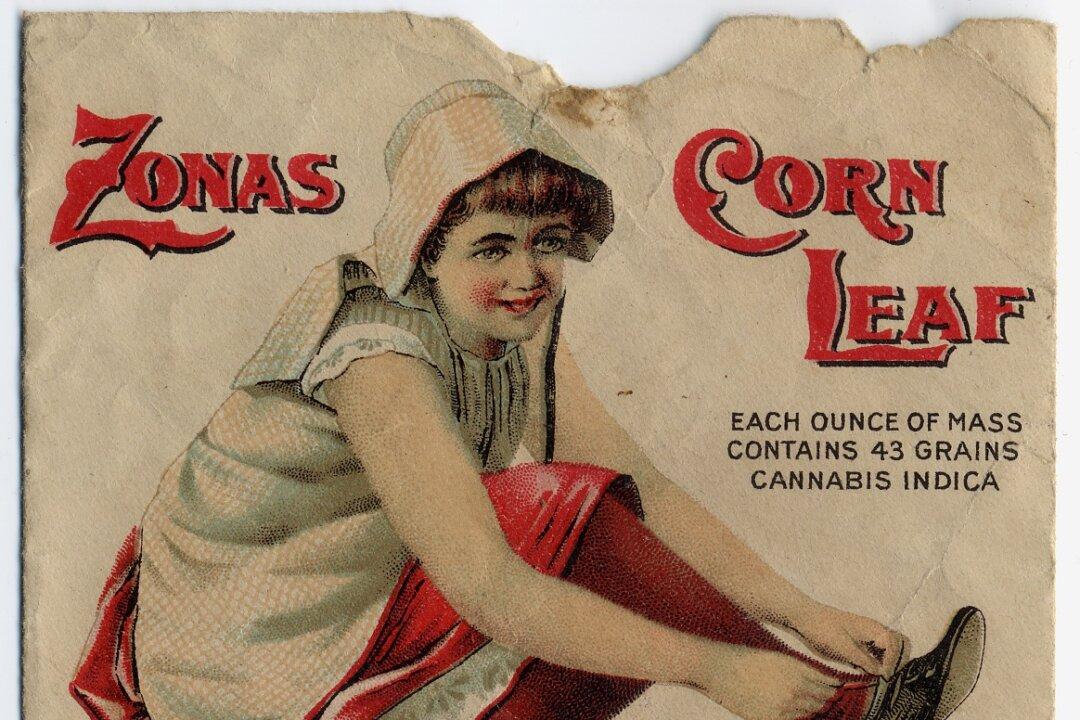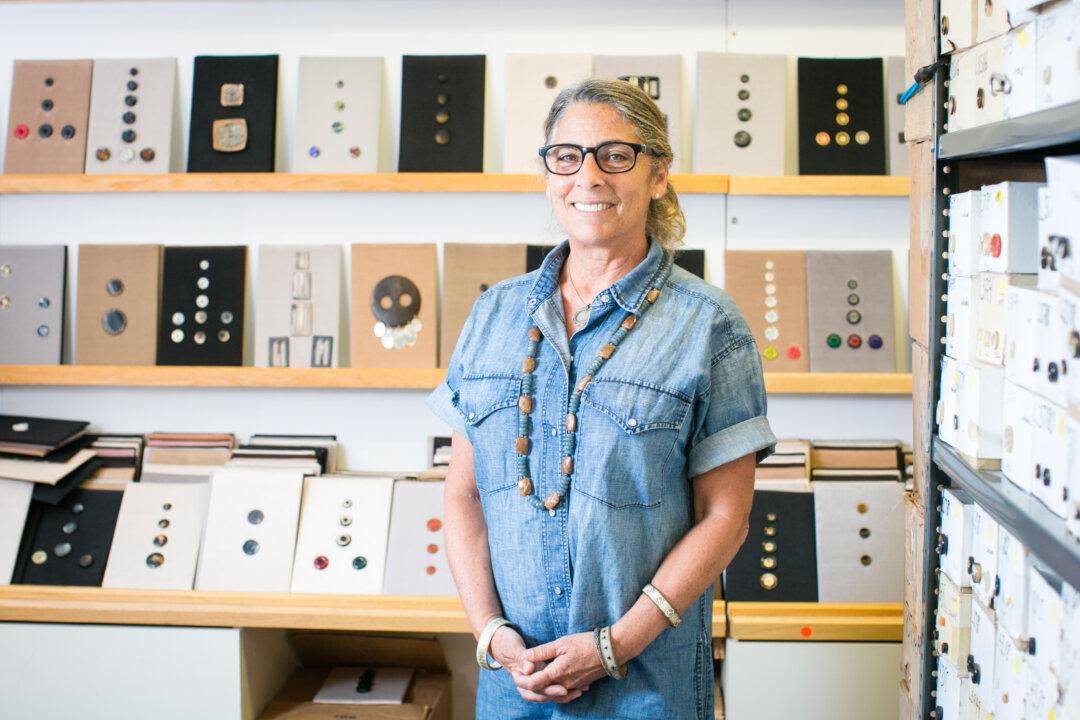Atlas, the titan of Greek mythology, carried the celestial spheres on his shoulders. Thomas Fontaine, in-house perfumer at the house of Jean Patou carries the legacy of the famous global brand on his nose.
We caught up with Fontaine on his recent visit to New York City and asked him how he’s finding the role that he entered into since 2011. Officially, Fontaine was charged with immersing himself in the heritage of the brand, reintroducing historic fragrances such as Chaldee and initiating a new chapter in the legacy of Joy with Joy Forever. But by his own admission fulfilling the role is not enough. The shadow of Jean Patou, the man, looms large.
“The legacy is huge,” he said, recounting the fact that in fashion, Jean Patou was a great entrepreneur and innovator. He designed the first swimsuit, which was knitted, and clad the tennis world champion Suzanne Lenglen in a washable silk pleated dress and a simple wool jersey cardigan that featured the house’s intertwined initials—JP. In one fell swoop Patou created the iconic “monogram” and sportswear.
As an aside, Fontaine points out that Ralph Lauren is still continuing the Patou legacy but in the American spirit. Patou also launched the first unisex fragrance and, as if that wasn’t all, lipstick as we know it today.
Fontaine’s plan of action?
“The first thing is to keep in my mind the quality of this brand. If we have nothing to say we won’t launch a fragrance. Secondly, to tell this story with beautiful words, and then a quality approach with raw materials,” said Fontaine.





